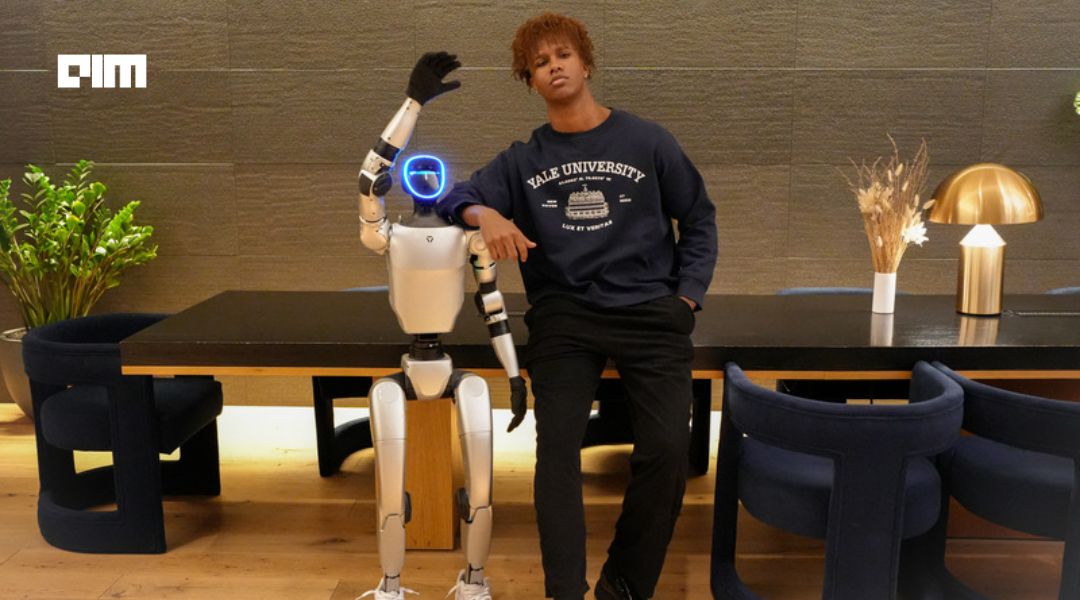Uri, a humanoid robot, has been named Chief Marketing Officer of Series, a social networking platform.
Uri made its debut at Harvard University, engaging directly with students and attendees of the Harvard versus Brown game. During the launch, Uri led campus events including interactive sessions at Harvard Square, where it presented an 8-by-12-foot Series banner and handed out matcha to students. The campaign generated over one million social media views within 24 hours, signaling a significant level of engagement.
Nathaneo Johnson, CEO and Co-founder of Series, commented on the appointment: “Most CMOs cost $100k – $300k a year. Ours is a fraction of that, and it gains more attention than most celebrities do in any given room. That’s marketing.”
The Robot Behind the Role
Uri is built on the Unitree G1 humanoid robot model. It stands 1.2 meters tall and has 43 degrees of freedom, allowing it to move smoothly and interact naturally. It is equipped with 3D LiDAR and depth cameras to sense its surroundings, and it can adjust its movements based on audience responses.
The platform reports over 700,000 messages exchanged, with a 95% acceptance rate for match suggestions. Johnson said, “Uri’s capabilities are far beyond novelty, which shows the culture of constant innovation that will come to define today’s most ambitious startups.”
Uri’s responsibilities go beyond event appearances. It engages with Series users directly, creating hands-on experiences during live events. Its humanoid design allows it to interact with students and campus visitors while representing the platform at the same time. This combination of in-person presence and online engagement creates more touchpoints for users to connect with Series.
Impact on Startup Marketing
Having a humanoid CMO changes how a startup can approach marketing. Traditional executives manage campaigns, content, and audience engagement. Uri can perform these tasks while providing real-time interaction with users and generating content for social media.
Series’ campus activities, including the Harvard launch, show that live interactions with students can increase participation and attention. Uri’s presence encouraged students to share photos and posts online, boosting awareness and activity around the platform. Johnson added, “This move shows our belief that robotics and technology will help create new ways to connect with people.”
Using a humanoid in marketing introduces a different style of engagement. Uri allows users to experience the platform in person, creating memorable moments during events. Students could ask questions, receive guidance, and interact with the robot directly, increasing interest in Series.
Series continues to test creative ways to engage users on campus. Uri’s role adds a tangible element to the platform’s outreach, complementing digital campaigns. By combining in-person interaction and social media content, Series created a multi-layered marketing approach that reaches both participants at events and online audiences.
The launch at Harvard also provided opportunities to track audience response and engagement. Students who interacted with Uri generated posts, photos, and videos, creating measurable activity on social media. These interactions helped Series gauge interest in its platform and improve future campus initiatives.











